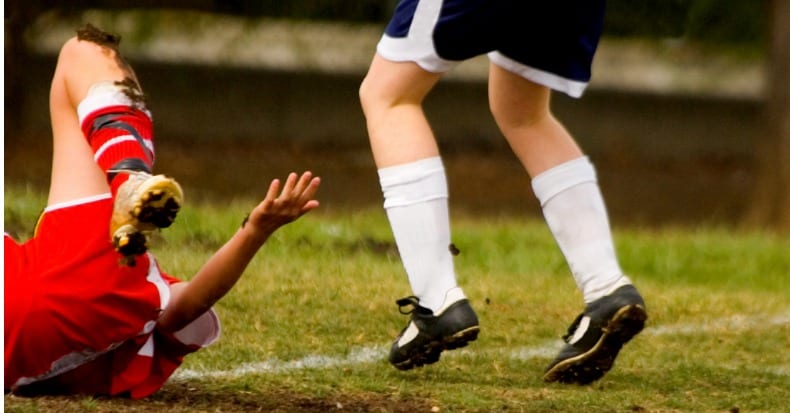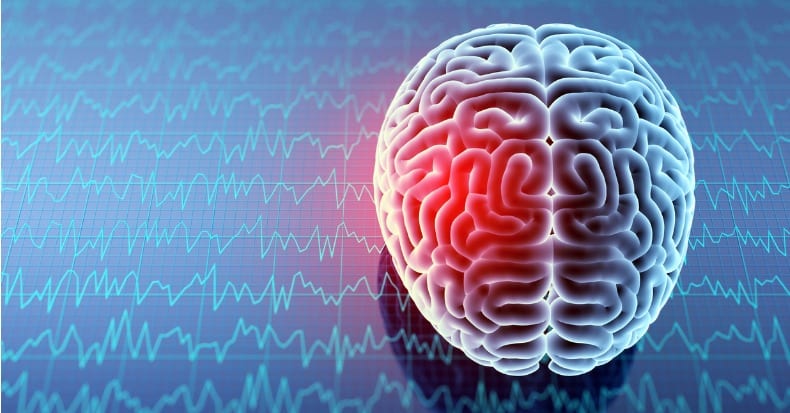Newest Articles
For the patient with low back pain, guidelines recommend seeking treatment in the acute state of the condition instead of waiting for it to become chronic. While it’s generally easier and faster to achieve a satisfactory outcome in the earliest stages of a back pain condition, there’s another reason: to reduce the risk for additional [..]
Experts estimate that headaches affect half the population, with up to 25% of headaches originating from the cervical spine or neck, which is referred to as a cervicogenic headache (CGH). There are many studies that demonstrate the effectiveness of chiropractic management for CGH, often involving a multi-modal treatment approach to address biomechanical dysfunction in the [..]
Most people have heard about carpal tunnel syndrome (CTS) as it’s the most common of the peripheral neuropathies or pinched nerves in the extremities, but few have heard of pronator teres syndrome.
Carpal tunnel syndrome occurs when the median nerve is pinched or compressed while passing through the wrist. However, the median nerve originates in [..]
Shoulder pain is a VERY common problem, especially among individuals over 40 years old. Experts estimate that between 16-30% of the population has experienced shoulder pain in the last month, with subacromial impingement syndrome (SIS) being one of most likely diagnoses made by clinicians.
Why is SIS so common? The short answer is because the [..]
Some of us have been around long enough to remember when wearing a seat belt was optional, and some of us are even old enough to remember when car manufacturers weren’t even required to install them in the first place! Nowadays, not only is it the law in most jurisdictions for all passengers to fasten [..]
Losing excess weight and keeping it off can be a challenge. Hopefully, these eight tips can help make it easier to win the battle of the bulge…
FOOD JOURNAL: A study published in the journal Obesity reported that in a 142-obese person group, those who consistently logged their meals and held online group sessions about [..]
Analogies that are often used by chiropractors include:
If one walks on the edge of their shoe, the shoe sole will wear out at the weight-bearing portion quicker than other parts of the sole.
If an automobile wheel alignment is not optimal, then the excessively stressed wheel will wear out quicker than the other wheels. [..]
It’s common for individuals with low back pain to avoid any movement they feel may worsen their condition. Over time, this behavior can lead to deconditioned back muscles, setting the stage for either prolonged back pain or later recurrence. That’s one reason why treatment guidelines recommend patients continue to be active during the recovery process. [..]
As desktop computers, laptops, tablets, e-readers, and smartphones take greater importance in our lives, more and more people are consulting with healthcare providers for musculoskeletal conditions like neck pain. Why is this the case, and are there things that can be done to reduce one’s risk for neck pain in today’s modern world?
When using [..]
Carpal tunnel syndrome (CTS) is a condition caused by compression of the median nerve as it passes through the wrist that’s characterized by pain, numbness, tingling, and weakness in select parts of the hand. The result of a 2019 study suggests that CTS may be associated with migraine headaches. How can these two seemingly disparate [..]
There are over 3 million registered youth soccer players in the United States. While playing organized sports offers many benefits to children and teens, the activity also comes with the possibility of injury—especially knee injuries among female players.
There are two types of injuries associated with soccer: acute and overuse. Acute injuries have an immediate [..]
Whiplash associated disorders (WAD) is a term applied to a constellation of symptoms that can arise following a motor vehicle collision (MVC), slip and fall, or sports injury. It’s estimated that up to 25% of WAD patients fail to fully recover from their injury and new research suggests this may be due to changes in [..]











